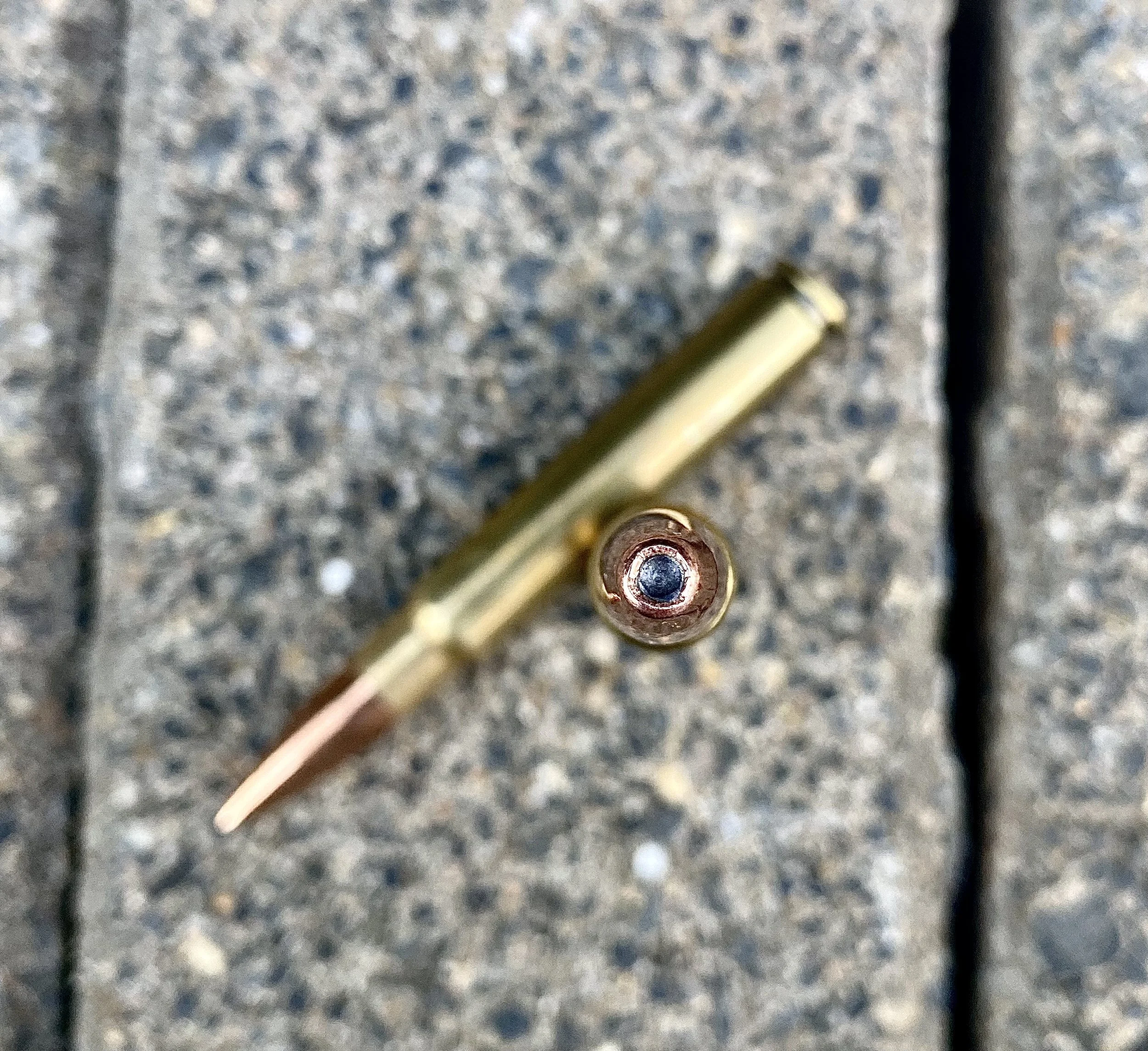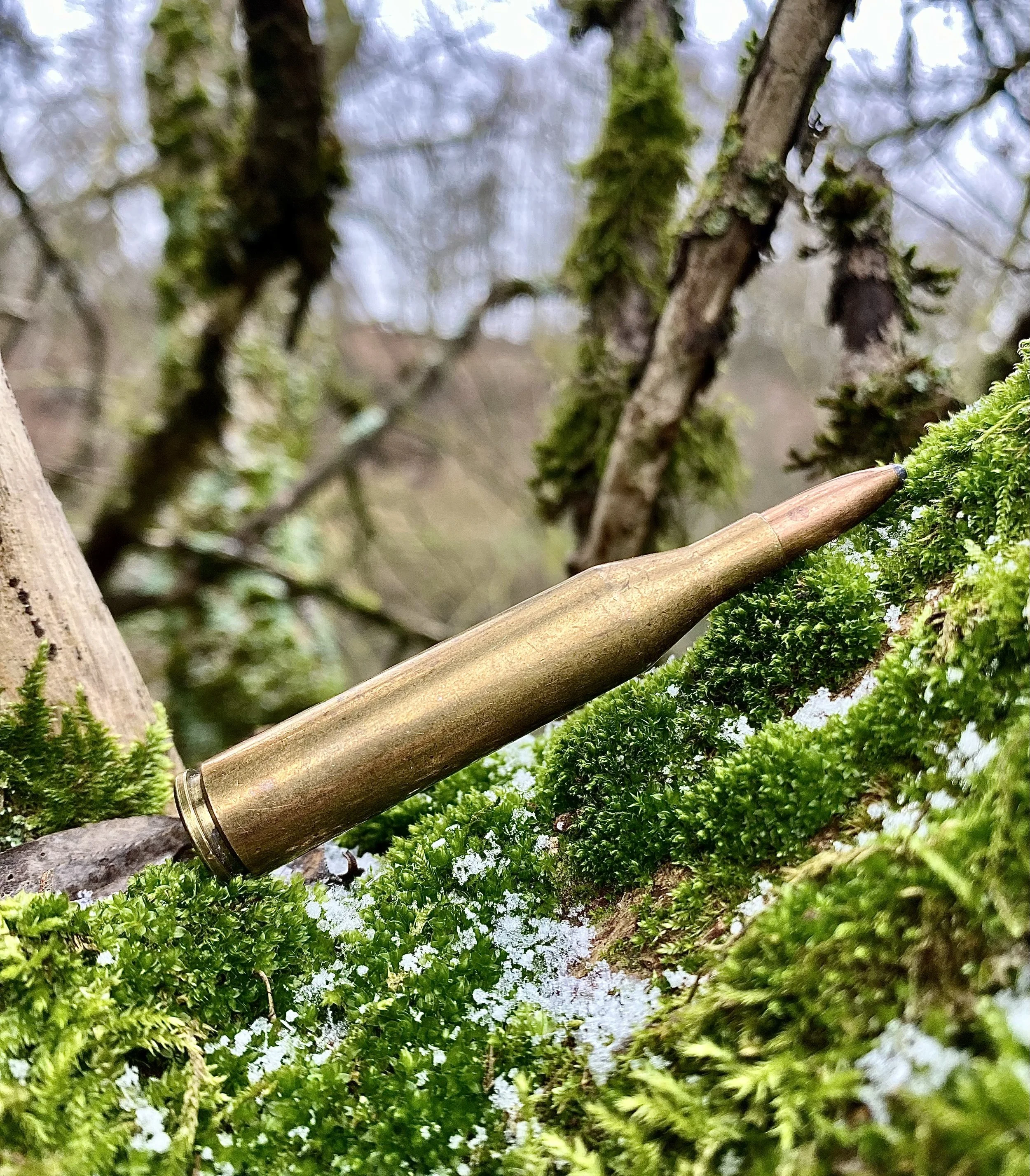But Why Must You Hunt Bears?
This bear hunting video on Ron Spomer Outdoors You Tube channel prompted what appeared to be a polite, sincere query from a viewer: "That's awesome that you're supporting wildlife and habitat programs, but what was the point of shooting this bear? Was it a threat to your life? Was it self-defense? Was it survival (trying to find food)? Why was this innocent bear shot is my question?"
Here's is my short (for this topic) response:
After 50+ years as a hunter, I understand humans' atavistic impetus to hunt as akin to the same urge in wolves, lions, eagles and orcas. It is a genetic impulse tempered in humans by awe, honor, respect, love and a burning desire to interact with Nature, to be a player, an integral part of Nature's functioning system of carnivores controlling herbivores so that time-tested systems of checks and balances function. Most of us don't think of it that way. We just know that we are thrilled with the idea of getting involved, getting out there looking, seeking, sniffing, sneaking, shivering, hunting. We don't want to stand on the outside looking in. We don't pretend we are isolated from Nature because we realize we are not. Whether we hunt or not, we all kill animals.
Carnivores aren't evil and predation isn't wrong: it's essential. Nature (God if you prefer,) not humans, invented hunting and meat eating. Homo sapiens are as much a product of nature as is any other predator; we have an equal right to hunt and eat meat. Happily, unlike other carnivores, we've developed a conscience and the understanding that we can and must limit our predation to sustainable levels. We are the only predator that does this, the only one that limits hunting and harvest. Unlike male bears, we do not attack and eat cubs. Unlike wolves and coyotes, we do not hunt newborn fawns and calves or pregnant cows about to give birth. We also are the only species that intentionally modifies habitats to benefit wildlife; transplants and restores species to former ranges; rescues threatened populations; provides disease control and abatement; willingly taxes itself in order to pay for helping wildlife (game wardens, biologists.) And the vast majority of this money comes from hunters, as it always has. Regulated hunting is a pay-as-you-go activity, and in most cases we pay it forward.
Regulated/controlled hunting since 1900 has led to the restoration of dozens of species, most notably elk, pronghorns, whitetails, black bears, turkeys, wood ducks and Canada geese. Most of these grew from endangered status (as we now understand the term) to record abundance within the limited habitats human population has left them. Hunters directed and paid for most of this restoration (license fees, excise taxes on gear, donations to non-profit organizations like Ducks Unlimited.) In turn, these enlarged populations of prey species have made it possible for wolves to be restored to the Lower 48 and for grizzlies, mountain lions, bobcats and bald eagles to increase.
The greatest threat to wildlife is not regulated hunting, but agriculture. It destroys native habitats (prairie chickens, lark buntings and meadowlarks can't nest in cornfields,) drains rivers and wetlands, poisons life (insecticides, herbicides,) and makes it possible for humans to overwhelm the planet with more than 7 billion of us. There is only so much room for biomass, and when it's tied up in Homo sapiens, it can't be running around in wolves' clothing.
Compassion for individual animals is an understandable emotional response, but it often obscures the real issues that jeopardize wildlife. It's easy to cry over the image of a bear being shot, but folks with compassion for wild animals would do better to cry over golf courses, ski runs, suburban housing developments, shopping malls, wind turbines, oil wells, new cars, highways and cornfields. Habitat destruction to benefit human needs for food, fiber and luxury (electrical power 24/7) is the real threat to wildlife. Regulated hunting and the money it generates has been and can continue to be the driving force in saving wildlife and wild places. Not enough of it, but as much as we can.
As for black bears, their populations at the time of first European settlement in North America were estimated to be 500,000. Today they are between 700,000 and 1 million. They are hunted annually for rugs, hams, steaks, burger, roasts, hats, decorations, bird food (many songbirds love bear tallow.) The removal of old boars has been shown to increase survival of cubs and the overall black bear population.














